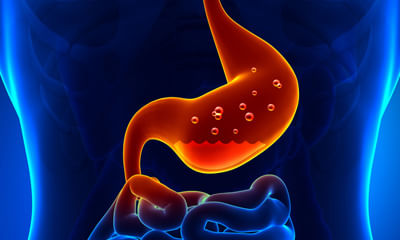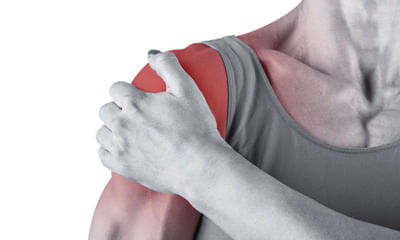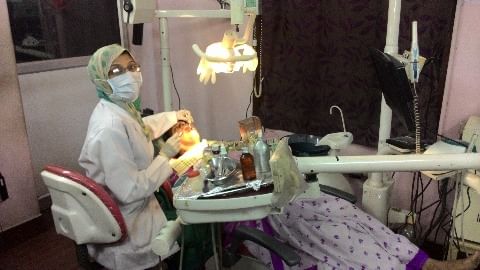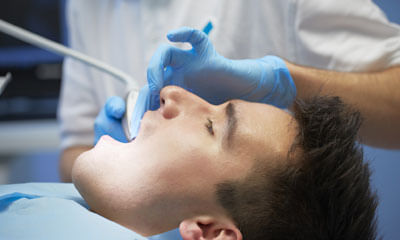Get the App
For Doctors
Login/Sign-up
About
Health Feed
Find Doctors
Health Packages
Kniest Dysplasia Questions
Health Query
Share
Bookmark
Report
Hip dysplasia has 3 grade , what about his norbeys angle ?how is his muscle mass of leg? How is nerve sensation. If u put some x rays and dog photo it will help me to decide line of treatment.
Asked for male, 39 years old from Mumbai
Share
Bookmark
Report
Asked for male, 39 years old from Mumbai
Share
Bookmark
Report
Asked for male, 26 years old from Siliguri
Share
Bookmark
Report
It is called as naevus.
If it is increasing in size or changes color, may signify dysplasia (early malignant changes. Kindly consult ophthalmologist, and get it removed.
They will then do a histopathological test on tissue for diagnosis.
Yes, it can be removed and need urgent attention.
If it is increasing in size or changes color, may signify dysplasia (early malignant changes. Kindly consult ophthalmologist, and get it removed.
They will then do a histopathological test on tissue for diagnosis.
Yes, it can be removed and need urgent attention.
Asked for female, 34 years old from Srinagar
Share
Bookmark
Report
Gallstones if asymptomatic need no treatment, that means no Medicine or surgery. If symptoms are there that is pain in Right upper abdomen, dysplasia, retrostenal pain, pain radiating to back, fever with chills or jaundice you require treatment and that is surgery. Key hole surgery laproscopic cholecystectomy.
48 people found this helpful
Asked for Male, 28 years old from Jhajjar
Share
Bookmark
Report
Dysplasia is an abnormal growth or development of cells and ulcerative colitis may be due to inflammatory disease conditions. With early identification, treatment and consistent follow up it can be cured. Let's have a detailed discussion for better advice and healthy lifestyle.
67 people found this helpful
Health Query
Share
Bookmark
Report
Cin 1 is not cancer and usually goes away on its own without treatment. Sometimes it becomes cancer and spreads to nearby normal tissue. Cin 1 is sometimes called low-grade or mild dysplasia. You should wait for another year and go for this liquid-based test again.
Asked for male, 41 years old from Vadodara
Share
Bookmark
Report
1)Replacement of amalgam restorations
2)Withdrawal of the drug
3)Oral lichen lesions in chronic in graft versus host disease are usually managed with local corticosteroids or other drugs such as tacrolimus.
4)As in OLP the question arises whether one or all types of oral lichenoid lesions are to be considered a potentially malignant disorder
In the absence of known etiological factors, the taking of a biopsy should be considered, particularly in case of a non-reticular lesion, in...more
2)Withdrawal of the drug
3)Oral lichen lesions in chronic in graft versus host disease are usually managed with local corticosteroids or other drugs such as tacrolimus.
4)As in OLP the question arises whether one or all types of oral lichenoid lesions are to be considered a potentially malignant disorder
In the absence of known etiological factors, the taking of a biopsy should be considered, particularly in case of a non-reticular lesion, in...more
662 people found this helpful
Health Query
Share
Bookmark
Report
In some people both kidneys can be affected by congenital dysplasia, and there may be kidney failure. ... An infection in a kidney can cause it to shrink. Normally kidney infections do not cause permanent damage to a kidney, or leave a small scarred area in the kidney.Depending on the underlying cause, some types of kidney disease can be treated. Often, though, chronic kidney disease has no cure. ... If your kidneys become severely damaged, you may need treatment for end-stage kidney disease.
Asked for female, 28 years old from Tumkur
Share
Bookmark
Report
ORAL LICHENOID LESIONS
Four types of oral lichenoid lesions (OLLs) can be distinguished, being
1) Amalgam restoration, topographically associated lesions,
2) Drug related lichenoid lesions,
3) Lichenoid lesions in chronic graft versus host disease (cGVHD), and
4) Unclassified (e.g. erythematous changes limited to the gingiva without signs of “classic” oral lichen planus elsewhere in the oral cavity, or lesions that have a lichen planus like aspect but that lack one or mo...more
Four types of oral lichenoid lesions (OLLs) can be distinguished, being
1) Amalgam restoration, topographically associated lesions,
2) Drug related lichenoid lesions,
3) Lichenoid lesions in chronic graft versus host disease (cGVHD), and
4) Unclassified (e.g. erythematous changes limited to the gingiva without signs of “classic” oral lichen planus elsewhere in the oral cavity, or lesions that have a lichen planus like aspect but that lack one or mo...more
Book appointment with top doctors for Kniest Dysplasia treatment
View fees, clinic timings and reviews
Ask a free question
Get FREE multiple opinions from Doctors
posted anonymously













